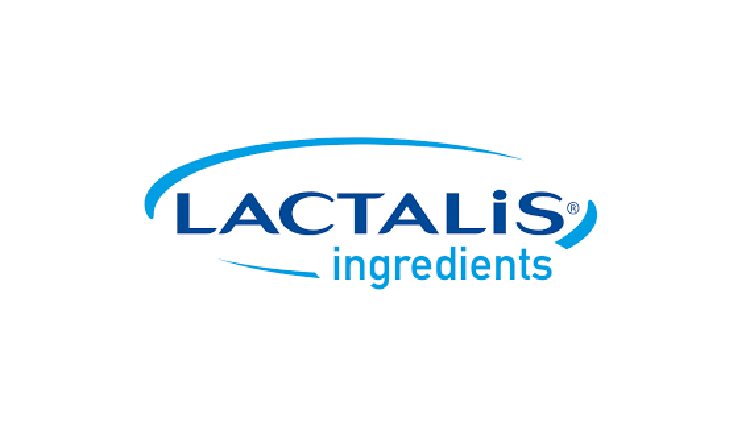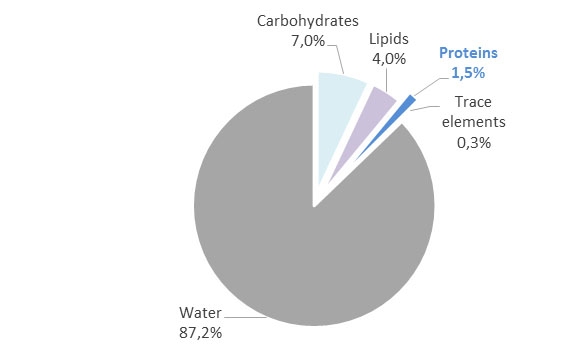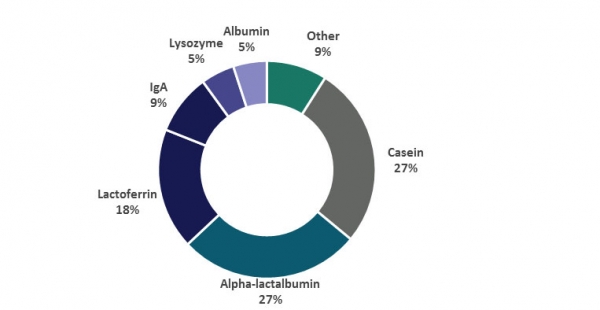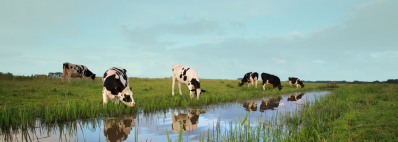Promotional Features
With human milk as the gold standard, how to achieve protein needs with infant formula?
Protein, a key nutrient for baby’s health
Proteins are large, complex molecules, made up of longs chains of amino acids that play many crucial roles in the body. They are responsible for nearly every task of cellular life, they are vital components of our body. And their functions are as varied as their unique amino acid sequences.
They are structural components providing structure and support for cells. A good example is the collagen which forms, among others, the bone framework. Antibodies but also enzymes are proteins that are essential for any chemical reactions within a cell. They can also transport or store other molecules. A good and essential example is the hemoglobin which transports oxygen in the blood. Finally, hormones as well are proteins allowing the transmission of biological signal throughout the whole body.
As proteins play more than a crucial role in the functioning of our body, they are even more important during infant development. Protein, nitrogen and amino acid requirements change rapidly during this period and human milk is adapting continuously.
Human milk as the gold standard
Proteins are the third abundant macronutrient in human milk after carbohydrates and lipids. Caseins and whey proteins represent the major proteins in human milk.
Human milk composition (Hennet,2014)
Protein concentrations in human milk change during lactation according to baby’s needs. In colostrum, the true protein content is high, reaching 2.5 g/100ml then decreasing gradually to 1.1-1.2 g/100ml until 6 months. From 6 months to the end of the lactation, the quantity remains quite stable around 1-1.1 g/100ml or 1.3-1.5g/ 100Kcal.
So protein content is influenced by the stage of lactation. Other factors also influence protein quantity: gestational age at delivery, mode of delivery: the protein concentration is higher in colostrum after vaginal birth.
On the other hand, some factors do not influence protein content: maternal diet, circadian time, mastitis, maternal age etc...
Beyond quantity, what about quality? What type of proteins do we find in human milk?
The two main ones are whey proteins and caseins. The most important whey protein is alpha-lactalbumin at 27%, followed by lactoferrin at 18% then immunoglobulins, lysozyme and albumin. They all have important bioactive activities. Caseins represent around 27% of total human milk proteins mainly as beta caseins.
Whey proteins and caseins composition of human milk (Hennet, 2014 - Liao, 2017)
In colostrum, proteins that help the baby to improve his or her immunity such as lactoferrin, immunoglobulin and alpha-lactalbumin are increased and then decreased gradually over time.
In mature milk (around 30 days), lysozyme and immunoglobulin are increased. They are anti-infectious agents: they protect the mother’s mammary gland against infections but also the babies against infections.
Regarding casein, the major part is beta-casein but only with the genetic variant Alpha 2. Whereas the two variants Alpha1 and Alpha 2 are found in bovine milk.
During lactation, the quantity of caseins is decreasing concomitantly with the decreasing quantity of the whole proteins.
We now have an important knowledge on human milk proteins allowing experts to determine the proteins requirements of infants.
Infant’s protein needs
During the first months of life, the infant is growing particularly fast, the greatest growth of their life relative to body mass. This speed of growth induces a relative high need in nitrogen and proteins. The faster the growth is, the higher the requirements are.
The experts from the European Food Safety Authority (EFSA) determined the population reference intake or PRI. The protein requirement of infants and young children comprises two components, the maintenance requirement and the growth requirement. On average from birth to 6 months, the protein requirement is about 1.77 g/kg/day and from 1.21 to 1.27 g/Kg /day from 5 to 12 months. Then the growth is slowly decreasing to a protein need of 1.14 g/kg/day.
In practice up to 6 months protein needs are totally covered with milk from mother or infant formula. From 6 to 12 months, protein requirement represents approximately 500 ml of milk either human milk or in two bottles of infant formula plus around 10g of proteins from food: meat or fish. From 12 to 24 months, protein requirement is almost the same per kg but increases with the baby body weight leading to an increase in the quantity of proteins from food by 10g. From 24 to 36 months, protein requirement per kg decreases but body weight continues to increase, resulting in an increasing quantity of proteins from food by 10g. Finally, after 36 months, proteins are mostly provided by proteins from meat or fish.
Of course, these values for food and milk are average and have to be adapted to each baby tolerance and preference.
To ensure all these requirements, maternal milk is the best quality reference for optimum development of new-born babies, because it provides all essential amino acids, protein and nitrogen. When breastfeeding is not possible, milk preparations are used, sharing the same goal: to provide the same biological efficiency as human milk.
Thanks to scientific research done on infant nutrition, infant formula composition have evolved, in particular on protein composition.
A few decades ago, to achieve amino acids requirements, infant formula had to be formulated with a high protein quantity. But thanks to the increased knowledge in infant formulation and ingredients, we are now able to reduce protein amount with adequate amino acids requirements. The composition is therefore going closer to human milk.
Prolacta, soluble milk proteins dedicated to infant formula and baby food.
To best support babies’ growth and development when breastfeeding is not possible, Lactalis Ingredients developed Prolacta, a range of soluble milk proteins dedicated to infant formula and baby food. Prolacta is extracted directly from skimmed milk using membrane technologies at low temperature (microfiltration and ultrafiltration), thereby preserving the native state of proteins. Thanks to its unique process, proteins are less denatured leading to a preserved nutritional quality. In terms of composition, Prolacta is rich in alpha-lactalbumin, the main protein in human milk and therefore contains 40% more tryptophan than traditional whey protein. Prolacta contains high level of immunoglobulin and lactoferrin. It has also an excellent microbiological quality and a neutral taste.
Prolacta offers an excellent biological value and a balanced amino acid profile with high levels of essential amino acids, allowing formulators to be closer to human milk. Moreover, the particularly high tryptophan level in Prolacta supports the reduction of the overall protein content in baby formulas while maintaining optimal levels of nutrients; thus contributing to the healthy growth of the baby and may reduce the risk of obesity later in life. Prolacta also contains bioactive peptides such as alpha-lactalbumin, immunoglobulins and lactoferrin which, according to some studies, could protect infants against intestinal infections and gastrointestinal discomfort.
Who is Lactalis Ingredients?
Being part of Lactalis Group, one of the largest dairy companies in the world and leading cheese producer, Lactalis Ingredients benefits from a complete overview of operations, from the raw milk and processing to packaging. This control, combined with the very high standards and strict policies associated with their milk supply, allows Lactalis Ingredients to produce the highest quality products possible. Indeed, Lactalis Ingredients makes sure that the wholesomeness of the milk is preserved every step from field to consumer, ensuring that no antibiotics and hormones are used.
Leveraging 80+ years of dairy knowledge as well as 15+ years of expertise in infant nutrition and baby food, Lactalis Ingredients aims to offer innovative solutions designed to fulfill the unique needs of manufacturers in the food and nutrition industry. The company is active in more than 100 countries and provides a complete range of high-quality dairy ingredients, including highly nutritious specialty proteins that meet the specific requirements of the infant, sports and clinical nutrition markets.
The World Health Organization recommends exclusive breast feeding for the first 6 months and Lactalis Ingredients fully supports this recommendation. For baby, breast milk is the best nutrition, the most adapted to its needs. Before using infant formula instead of breast milk, consumers should first speak to a health care professional.




